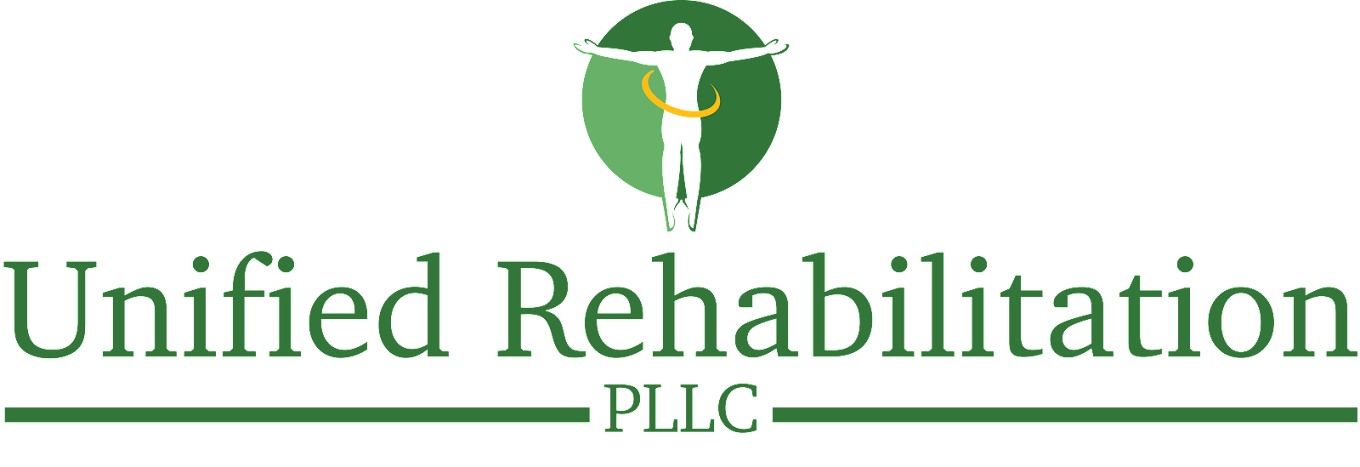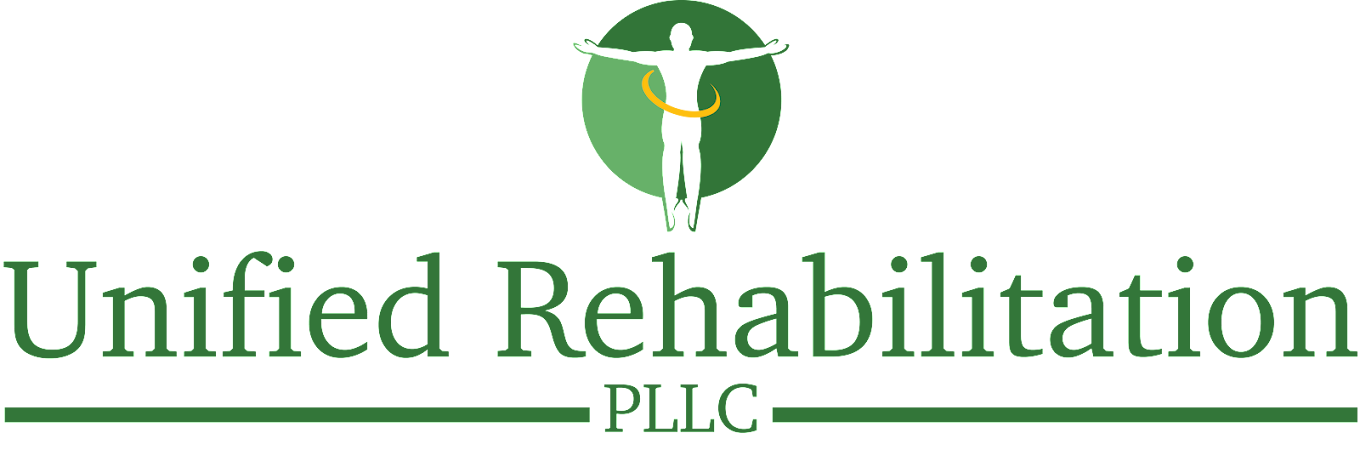As we age, our bodies undergo various changes, and one of the most common issues is back pain that comes with aging. Whether it’s from degenerative changes in the spine or years of poor posture, back pain can significantly affect your quality of life. The good news is that you don’t have to suffer in silence. With the right approach, including physical therapy and evidence-based treatments, you can manage back pain effectively and reclaim your mobility.
Why Aging Contributes to Back Pain and How to Recognize It
The connection between back pain and aging is clear: the natural wear and tear on our bodies increases with time, making us more susceptible to discomfort. Here are some primary factors contributing to back pain in aging adults.
Degenerative Changes and Reduced Strength
- Degenerative spine conditions
Conditions like arthritis or disc degeneration become more common with age. Spinal discs lose elasticity and cushioning over time, leading to stiffness and discomfort. - Muscle weakening
Aging causes loss of muscle mass, leading to weakness in the support of the spine and reducing their ability to absorb stress and protect against injury. - Limited mobility
Tight muscles and stiff joints further restrict movement, increasing the risk of strain.
The Role of Sedentary Lifestyles
- Inactivity
A lack of regular physical activity can weaken core and back muscles, making the spine more vulnerable to injury. - Poor posture
Sitting for long periods or slouching during daily tasks places extra strain on the spine, contributing to chronic pain. - Reduced mobility
Inactivity leads to joint stiffness, making movement painful and difficult.
Common Symptoms of Back Pain in Aging Adults
Back pain in older adults can manifest in several ways. If you’re experiencing any of these symptoms, it may be time to seek help from a physical therapist.
- Persistent pain
Chronic or intermittent discomfort in the lower or upper back, often worsening with activity. - Stiffness
Especially noticeable after long periods of inactivity like sitting or sleeping. - Difficulty with movement
Tasks like bending over or walking for extended periods may become challenging or painful. - Radiating pain
Tingling or numbness in the legs can indicate nerve involvement, often stemming from herniated discs or spinal stenosis.
How Physical Therapy Can Help Alleviate Back Pain
Physical therapy plays a critical role in the management and treatment of back pain, especially for aging adults. Through manual therapy, exercise, and education, physical therapy can provide significant relief.
Relieve Pain and Tension with Manual Therapy
Manual therapy involves hands-on techniques, such as joint mobilization and soft tissue manipulation to target pain and stiffness. These methods help improve mobility, reduce tension, and promote relaxation, offering immediate relief and enhancing overall movement.
Restore Mobility with Targeted Exercises
Limited movement often follows episodes of back pain. Targeted exercises guided by physical therapists can help you regain range of motion. These exercises improve joint motion and loosen the muscles around the spine, improving your ability to move comfortably and safely.
Strengthen Your Back and Core for Stability
Strengthening weak muscles is crucial for preventing back pain from aging. Exercises focusing on the back, core, and surrounding muscles provide the support needed to stabilize the spine. A stronger core helps improve posture, reduce strain, and minimize the risk of future injuries.
Improve Posture and Daily Movement
Posture and body mechanics are integral to maintaining spinal health. Physical therapists teach practical strategies for sitting, standing, and lifting to reduce strain. For instance:
- Using lumbar support: Proper back support when sitting minimizes pressure on the spine.
- Adjusting desk setups: Keeping screens at eye level and sitting upright helps reduce slouching.
- Learning proper lifting techniques: Keeping the spine straight and loads close to the body prevents unnecessary strain.
Educating You for Long-Term Pain Management
Knowledge is a powerful tool in combating back pain from aging. At Unified Rehabilitation, we provide patient education to help you understand your condition and manage symptoms at home. This includes:
- Incorporating safe stretches into your daily routine.
- Building healthy habits to prevent pain from returning.
Take the First Step Toward Relief with Unified Rehabilitation
Back pain doesn’t have to take over your life. With personalized physical therapy, you can find relief and regain your mobility. At Unified Rehabilitation, our experienced physical therapists are here to help you address the root causes of your pain and create a plan tailored to your needs.


